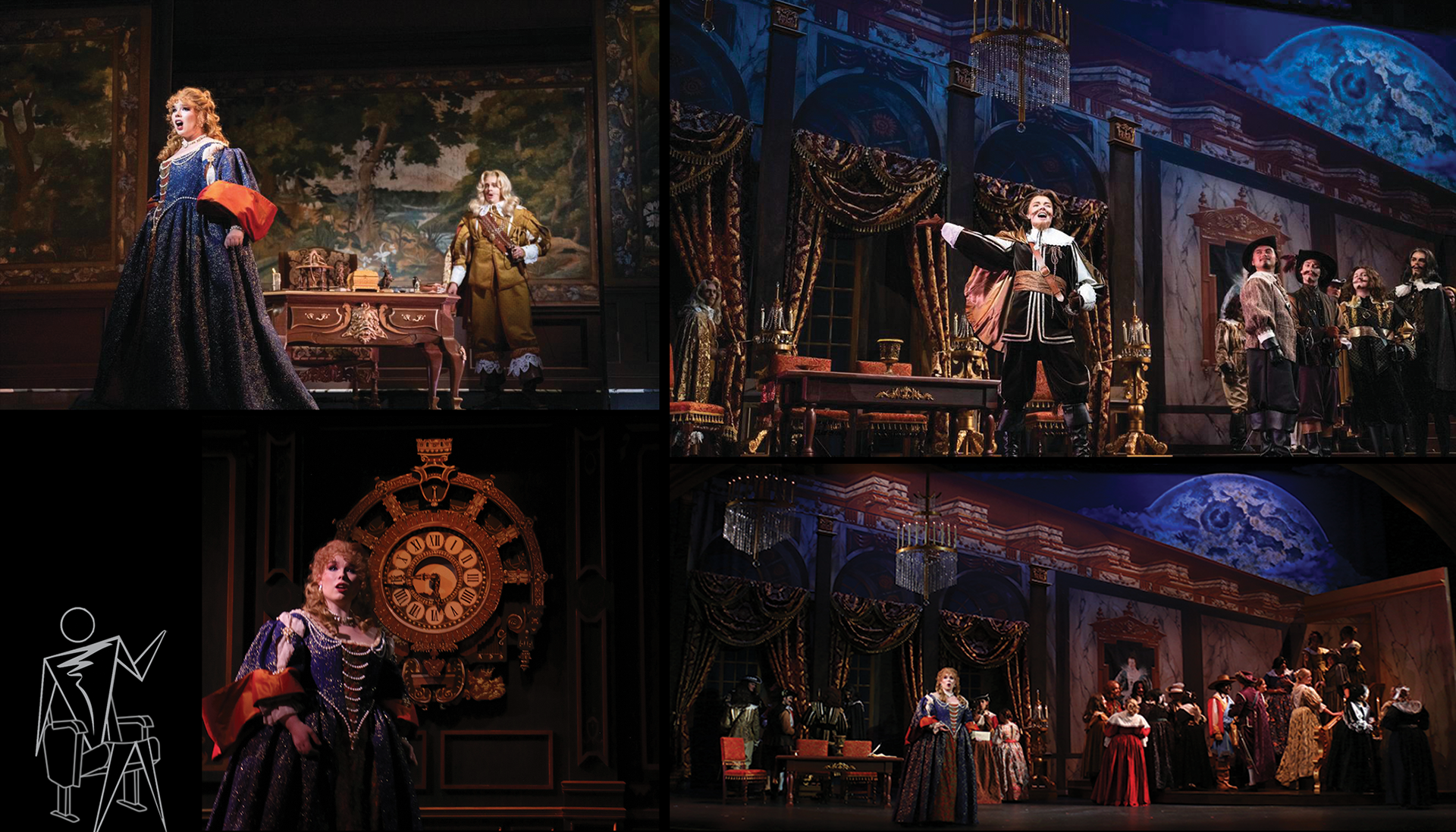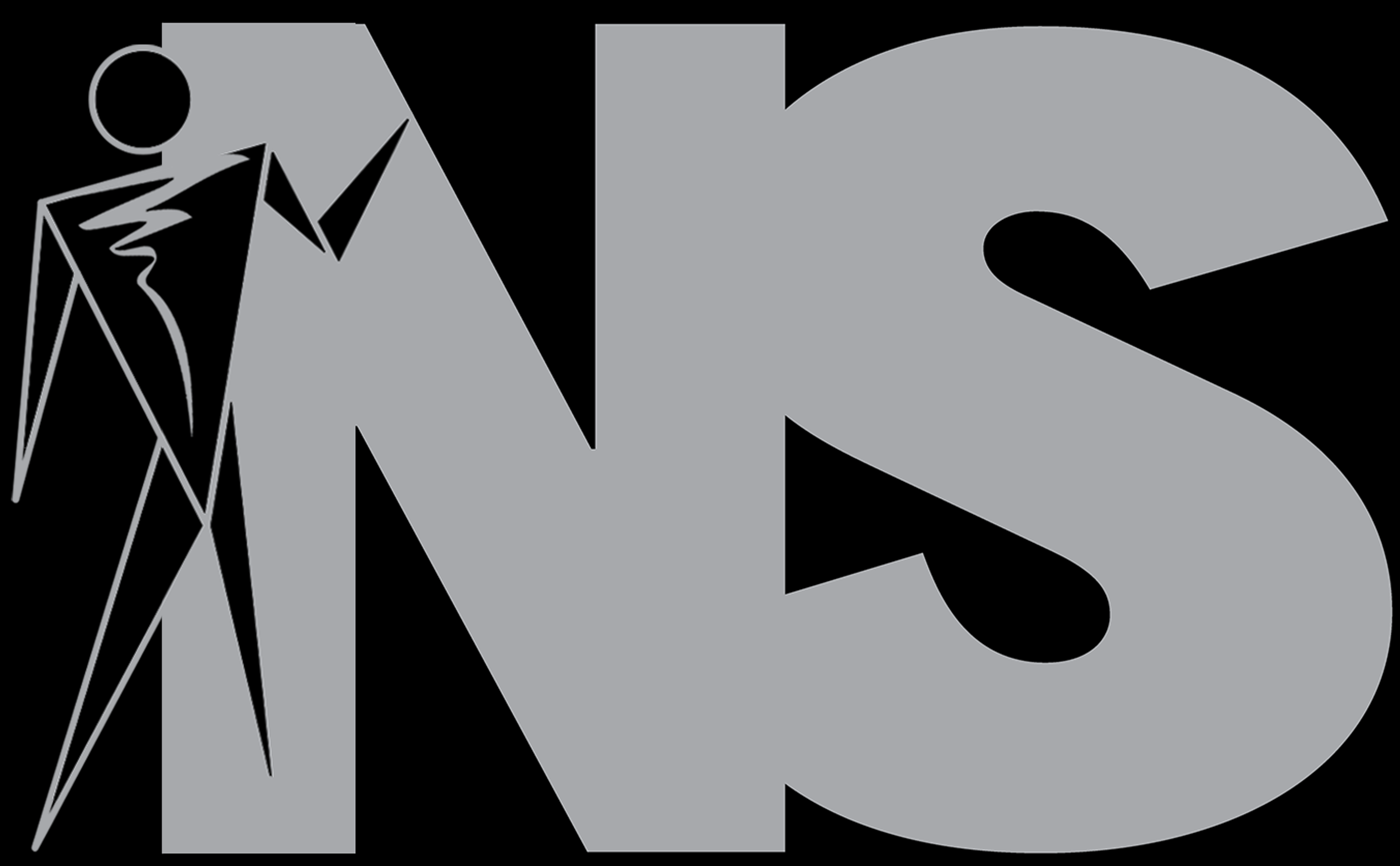This page is dedicated to illustrating a typical process for set designer Nikolas Serrano's designs
Illustrated by the set design of Maria di Rohan with Fletcher Opera
Design process often varies some from this depending on the project's needs
Phase 1: Conversations and Research
After reading the script and listening to the music I open conversations with the director to get a feel for the direction they want to take with this production. From there I put together a series of research photos pulled often from books and/or the internet to get a sense of the people, places, and period of the piece. I then present that to the director to start a conversation and collaboration between their concepts around the piece and my own.
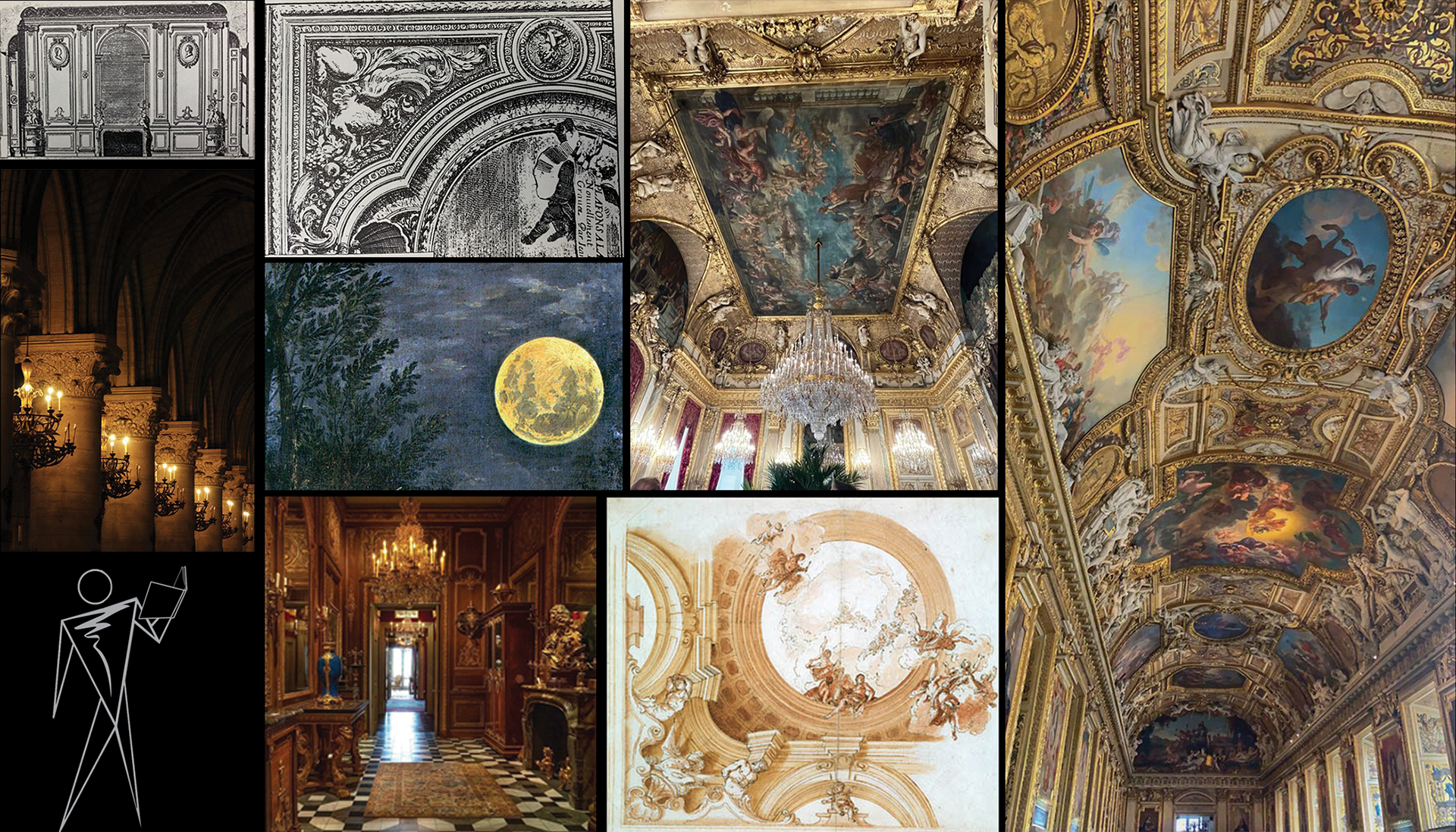
Phase 2: Sketching Ideas
The next step is to take that research and draw ideas in a way that illustrates to the director the initial thoughts and concepts I am visualizing in my head. Much like a "Blue Sky" phase, I am imagining what the environment could look like and translating that in a form of media I think optimal for the director to understand. This varies from director to director and project to project, in this case I was meeting with the director in person and I felt he would respond well to a sketch model (or white card model). In other projects in this phase I have made digital or physical renderings, hand sketches, digital models, etc. for what works best to present the ideas. We then have a meeting to discuss the initial concepts and the strengths and weaknesses of the design.
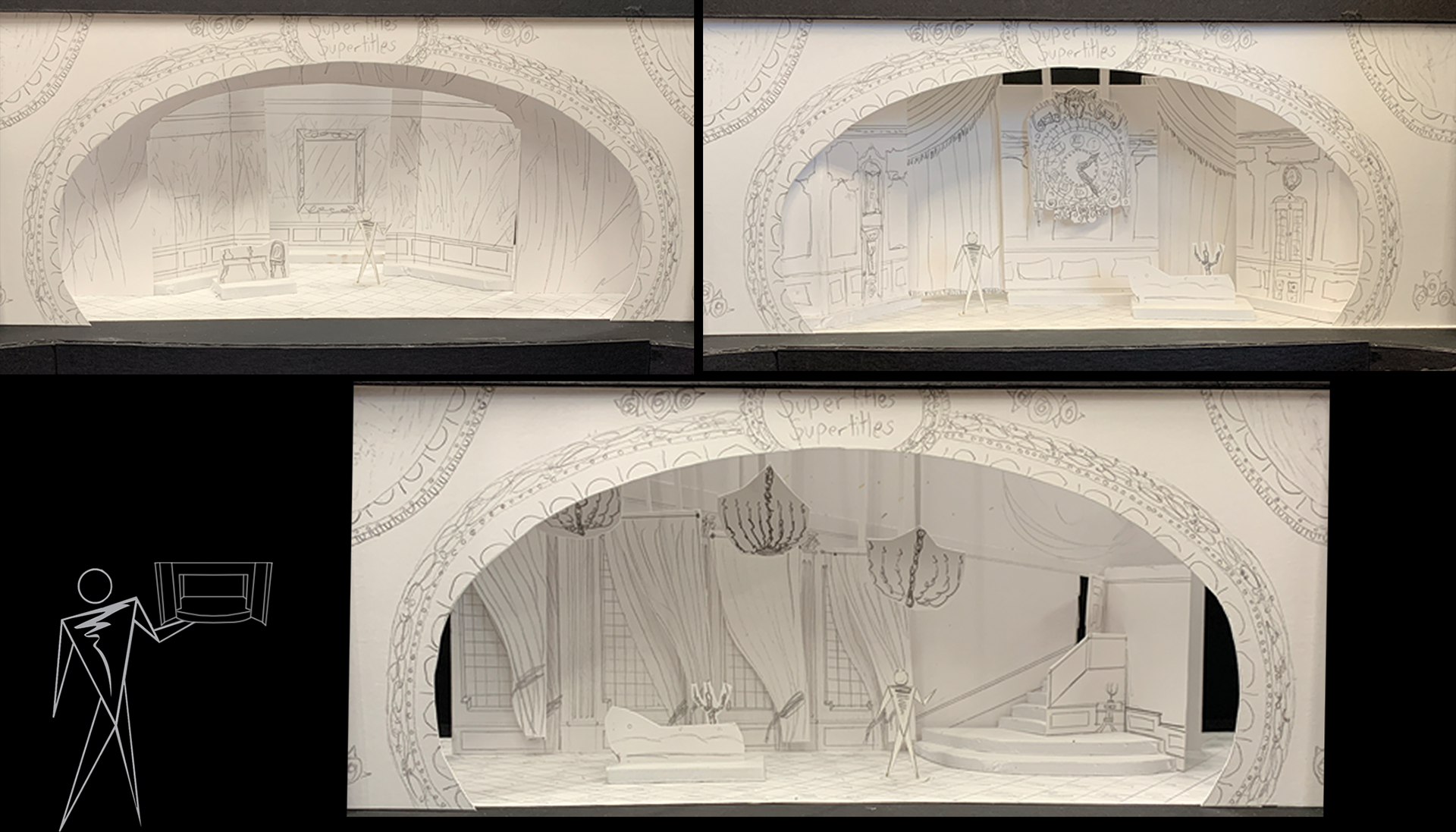
Phase 3: Refining Ideas
Following meetings with the director surrounding initial sketches and ideas I work to refine those ideas to something cleaner, scrapping what we think works and what doesn't. This is often the point in the process where other collaborators begin to join the conversation to add input, concerns, and suggestions. Those other collaborators are often the technical directors, production managers, artistic directors, charge artists/scenic artists, lighting designers, etc. This can be done with changes to sketches, renderings, etc., In this case the refining is done to the sketch model. This more refined phase is discussed by all collaborators to hone in on what works and what doesn't.
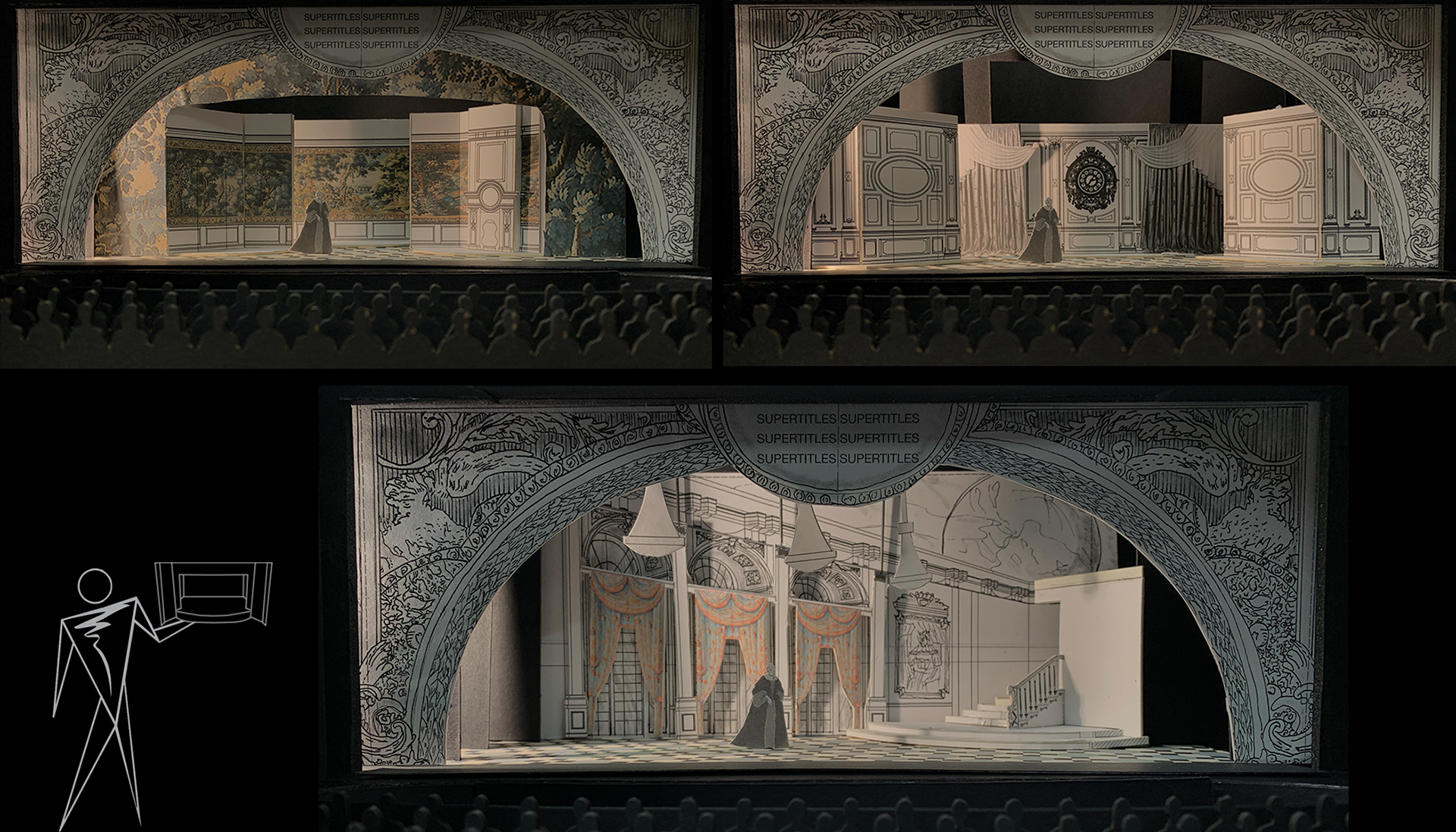
Phase 4: Bid Packages and Drafting
Discussions surrounding the sketches, renderings, and research all get taken in and I then work it all into a bid package/drafting package. This package has precise, annotated elevation; groundplans; sections; and any other necessary drawings of each scenery piece. This is first used to bid out the project to shops. After choosing a bid the package is then used between the carpentry shop(s) to discuss the limitations and capabilities with the factors of monetary budget, time budget, and labor budget. From that process there's often a good deal of revisions for me to make on the drafting package to fit the needs of the production with the capabilities of the shop(s) before finally the final drafting package is due to use for fabrication.
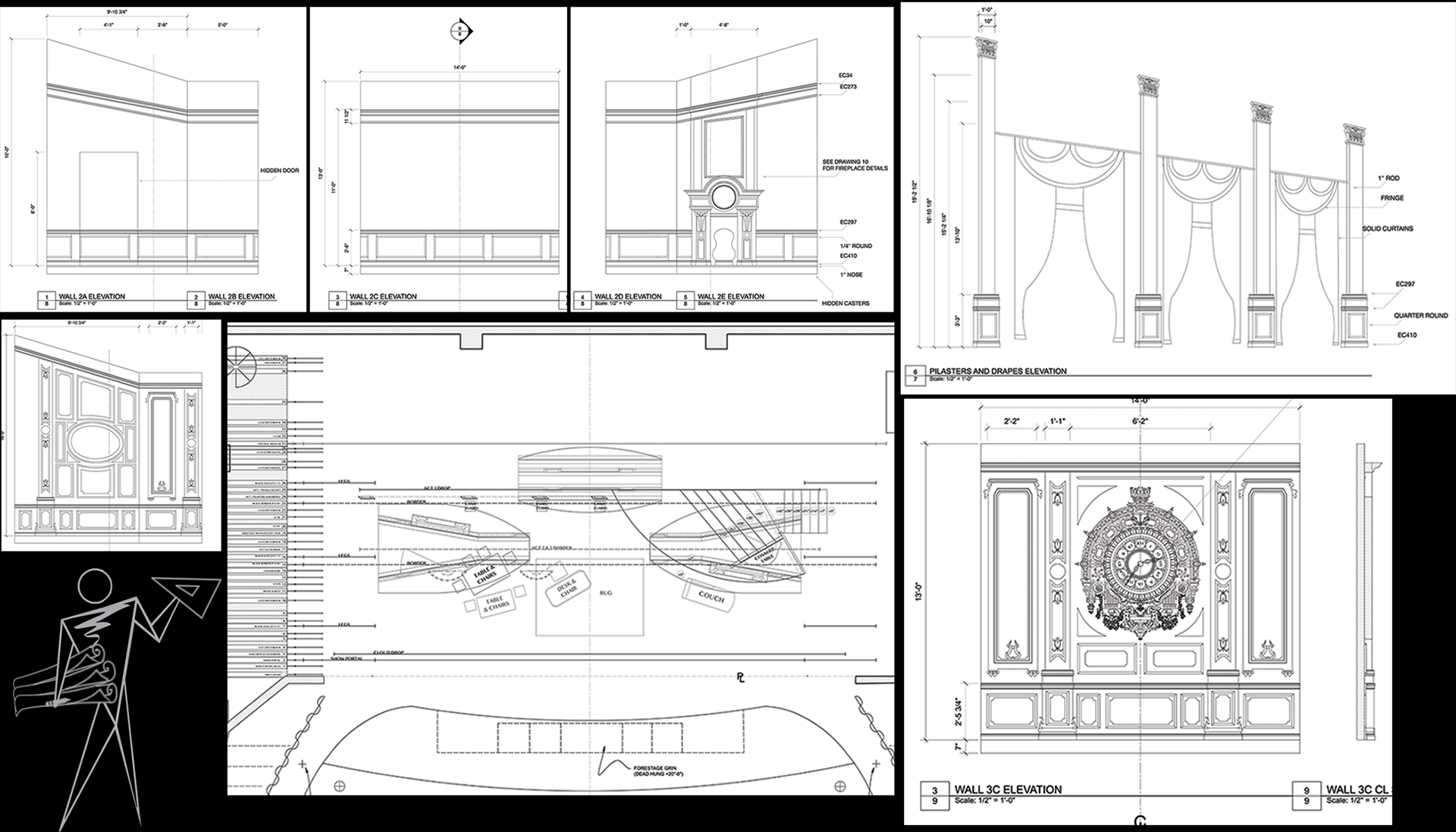
Phase 5: Props and Furniture
This is sometimes combined with or is happening simultaneously with phase 4. This step is when conversations begin surrounding props, furniture, set decorations, set electrics, and anything like that. This is all the pieces that enhance the set and/or pieces the actors touch and interact with. This phase starts with research of the period and style to find the pieces that best serve the production we are establishing. Then, through meetings between the props manager, the director, and other involved collaborators I put together a package with research and (if applicable) drafting of each prop and set dressing. From this package we figure out what can be pulled from stock, sourced from vendors and stores, or fabricated from scratch.
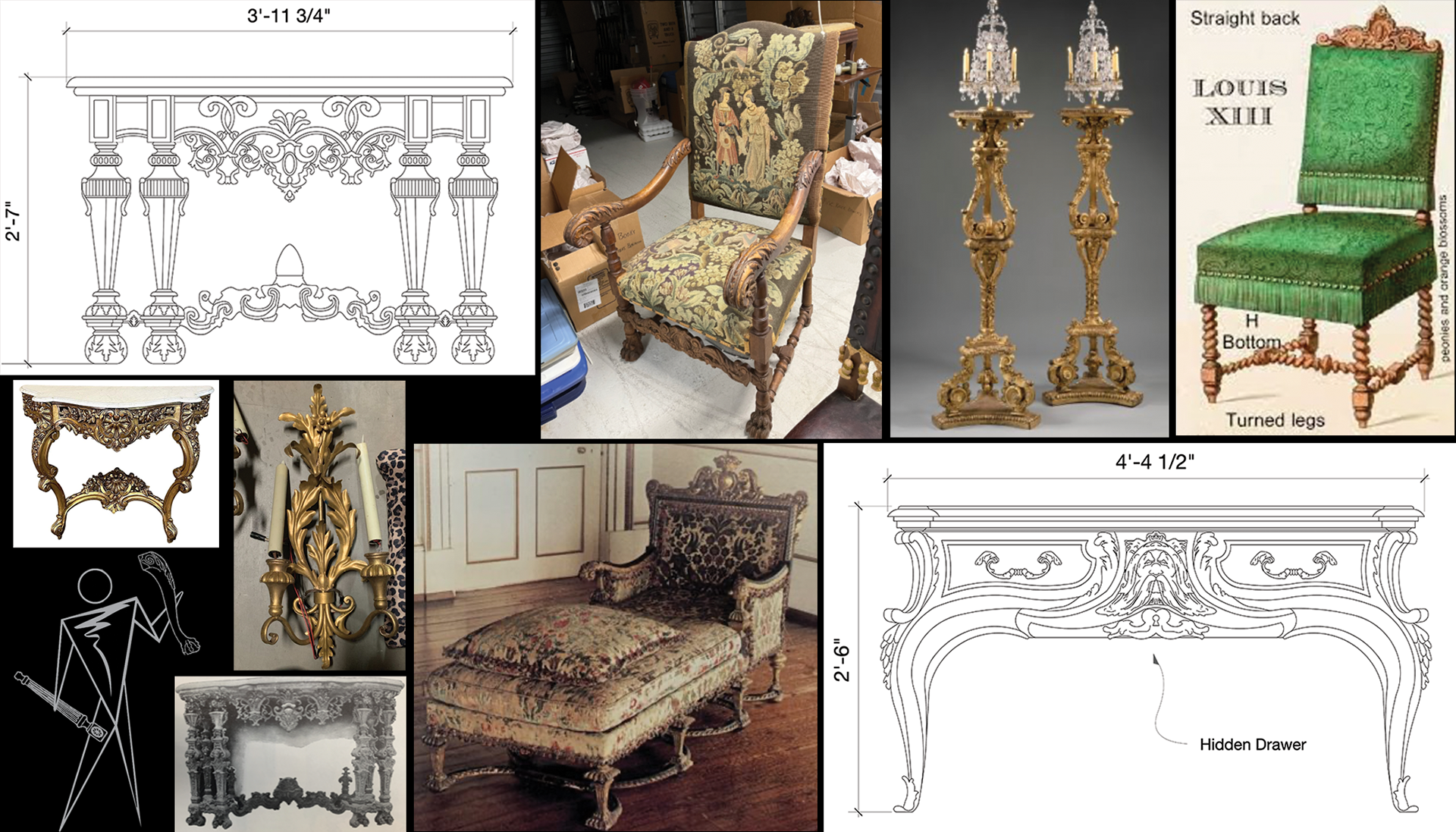
Phase 6: Color Elevations for Paint
Also usually happening simultaneously with phase 4 and 5 is I make color elevations for every surface and piece of the set for the scenic charge artist to use to paint the scenery. These are used for color matching, scale, technique, and texture reference for the painters to create the accurate vision of the production. These are also used in discussions with other collaborators like the director, lighting designer, and costume designer to portray the color palette of the scenery in relation to the color palettes of their contributions to ensure they all blend together.
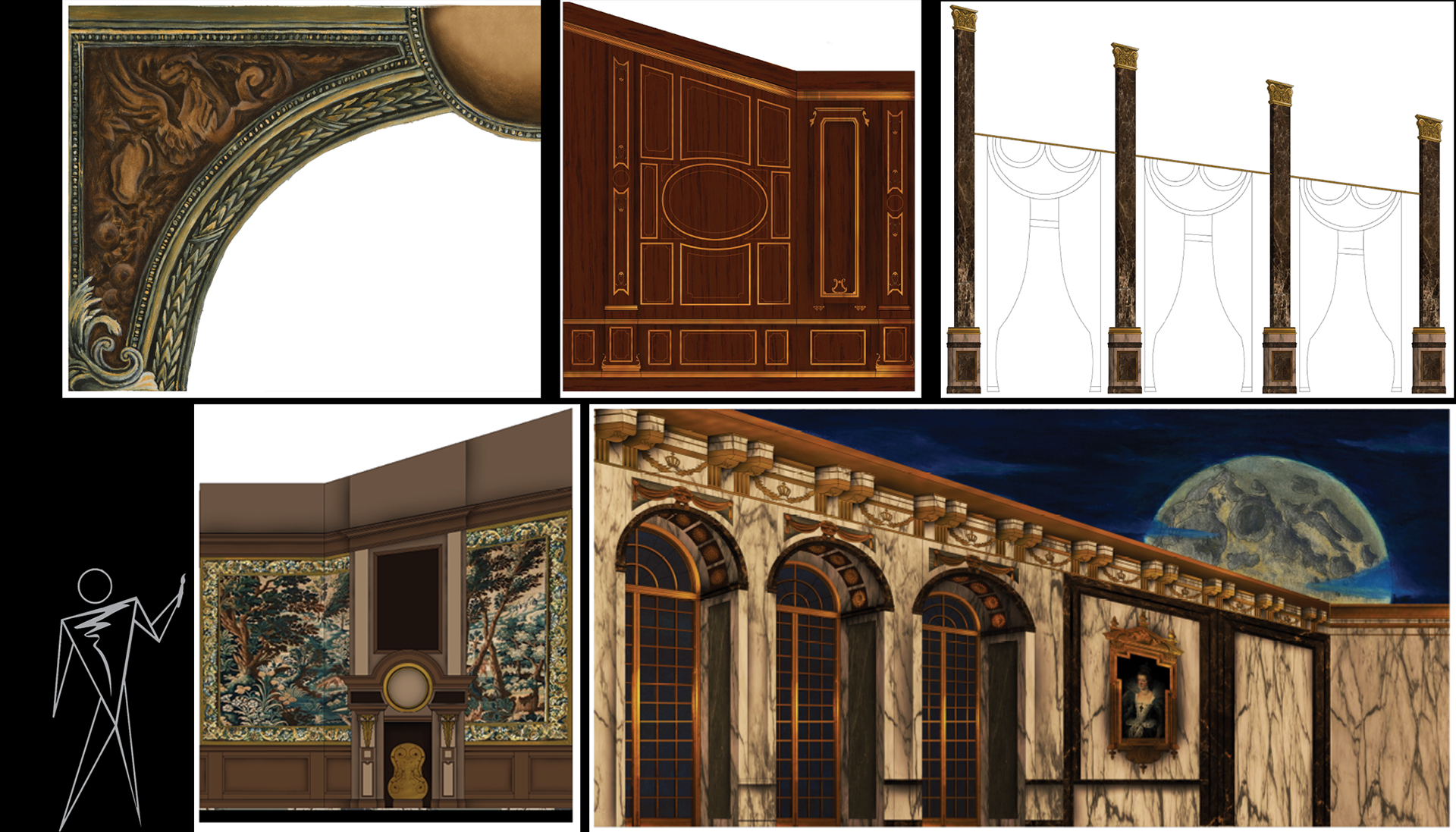
Phase 7: Final Model
Once everything is approved by the shops, director, and other collaborators the drafting package, props package, and paint package are all used to make a scale model of the set. The purpose of this is for the director to have a three dimensional miniature version of the set to move around and work with when choreographing and blocking the production. This model is presented to the cast at the beginning of the rehearsal process so they can also get a sense of the where's and what's of the set they will be on stage with. In immersive projects and themed entertainment this would be a way for the producers and directors to understand the space, the flow of traffic, sightlines and anything else that needs to be pre visualized.
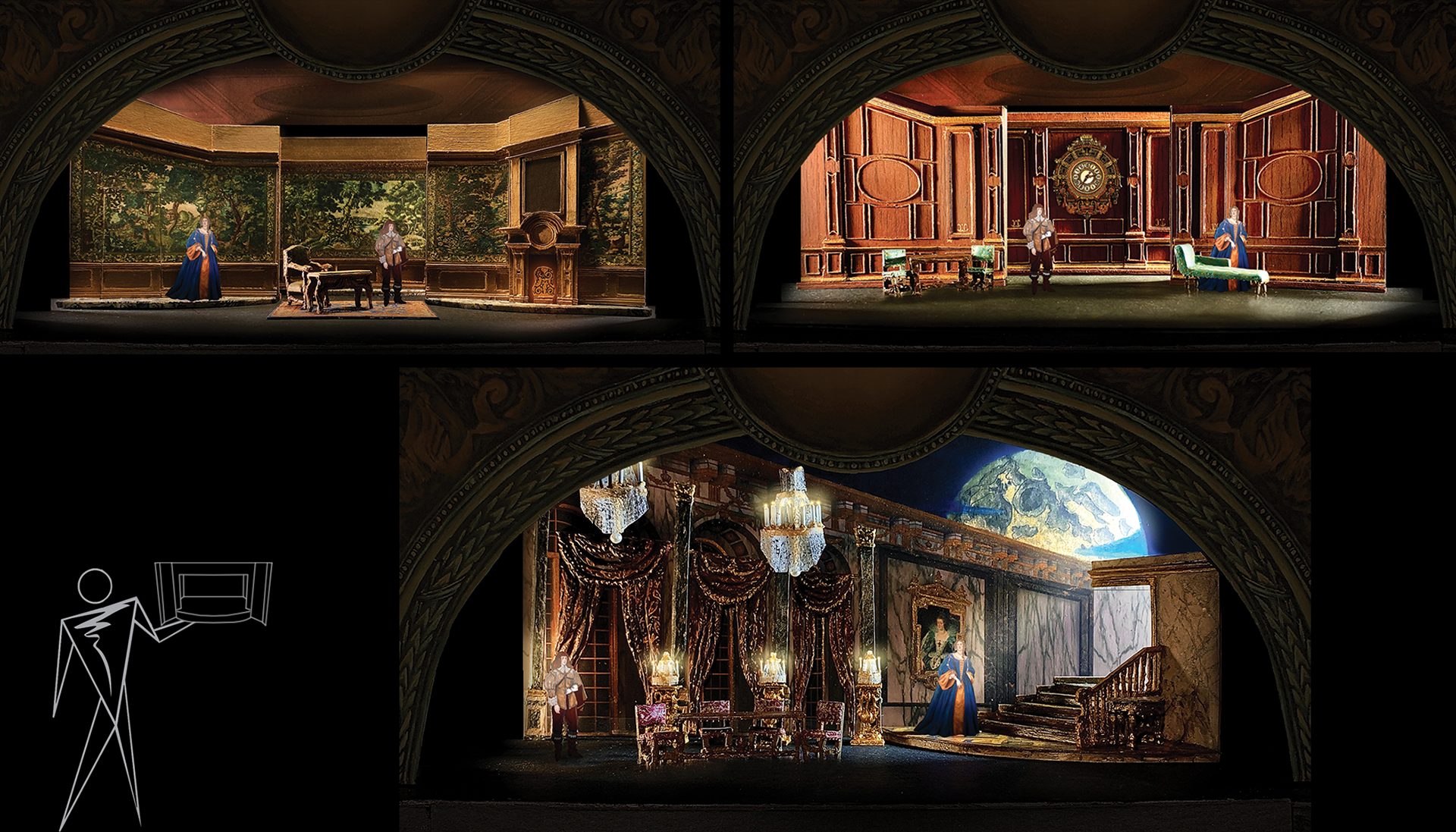
Phase 8: Fabrication and Shop Walks
This is when the shops are fabricating the pieces in full scale. During this phase my responsibilities are to frequently visit the shop to ensure that the drawings are understood correctly and every part of the set is being executed properly. This can come with giving notes to the shop heads and ensuring they have everything they need from me to understand the design and do their job well.
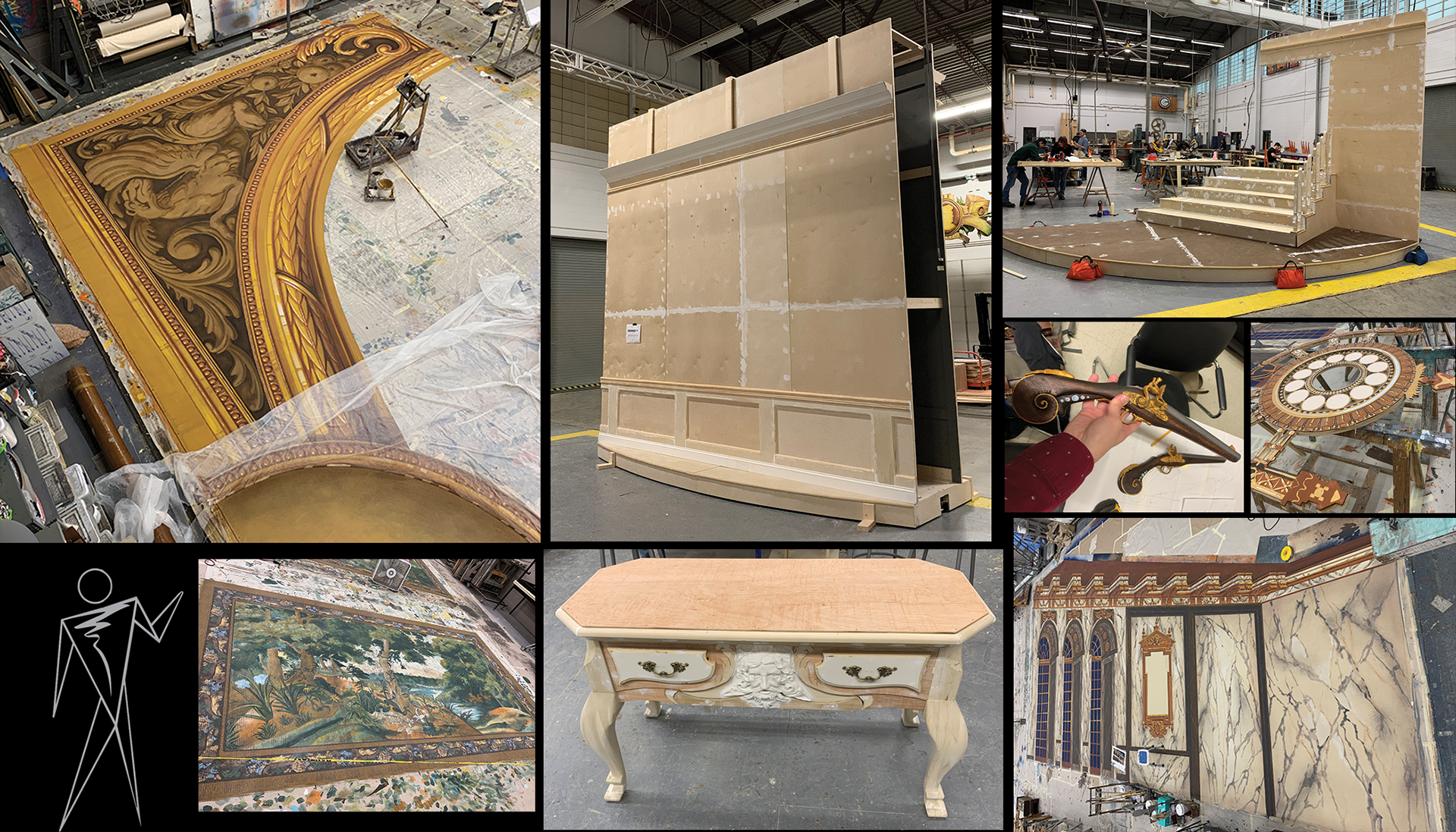
Phase 9: Installation and Tech
This is when the set begins to be installed into the theatre, venue, or site. My responsibility during this phase is to frequently go on site during install to insure pieces are going together properly and looking just the way we intended it to. Once it is time to, we go into technical rehearsals with the set. This will often be rehearsal without the actors as well as rehearsal with the actor in the space. During the technical rehearsal process I watch as the show comes together and give notes as I need to to ensure everything is working properly, even when sometimes we must think on our feet to ensure everything runs smoothly even if it's different than how we originally intended.
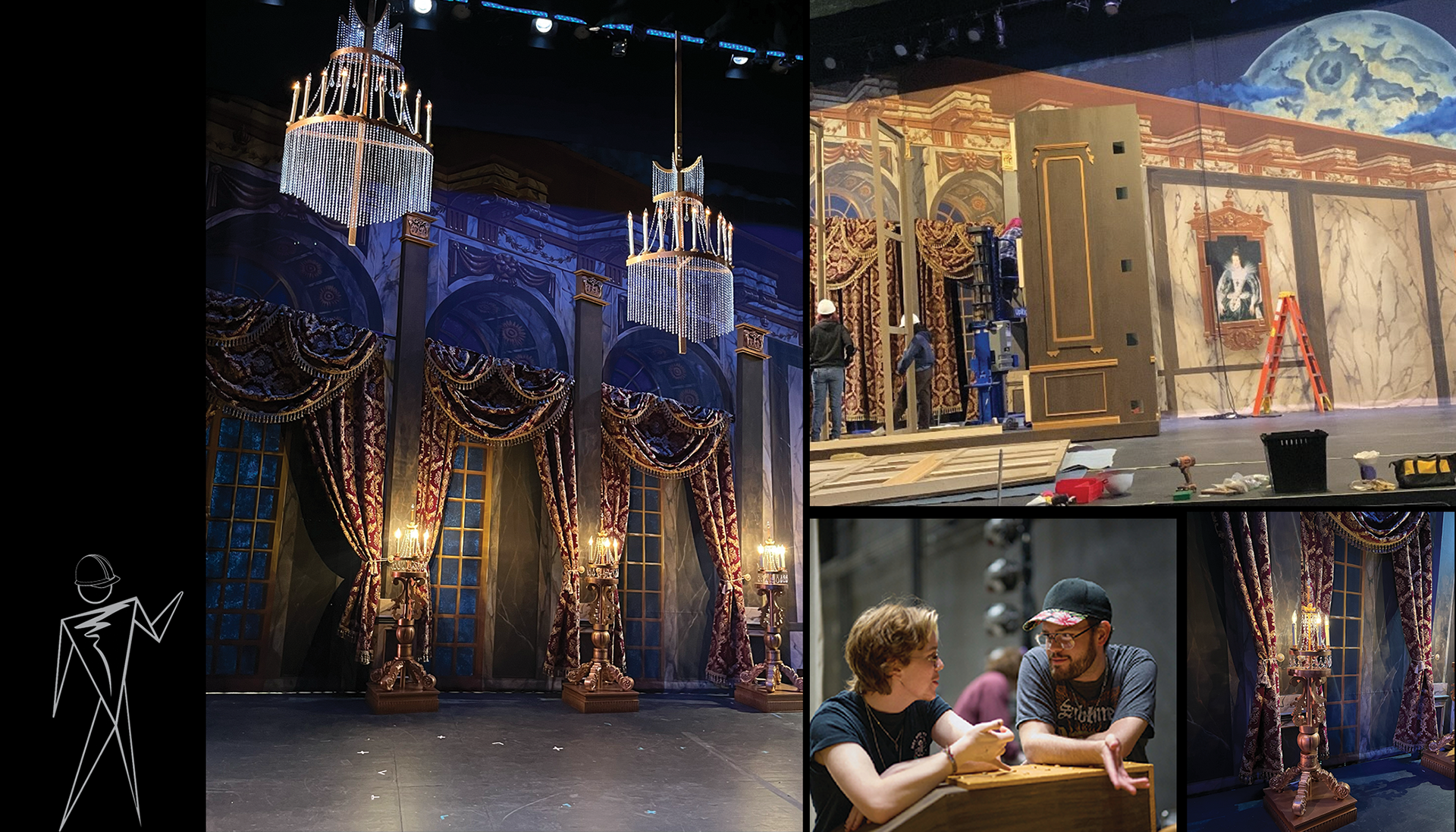
Phase 10: Opening
Once fabrication and installation is complete the show or project is open to the public. At this point I enjoy the work we've all done, get a sense for the public's responses to it, and get exciting for the next project!
